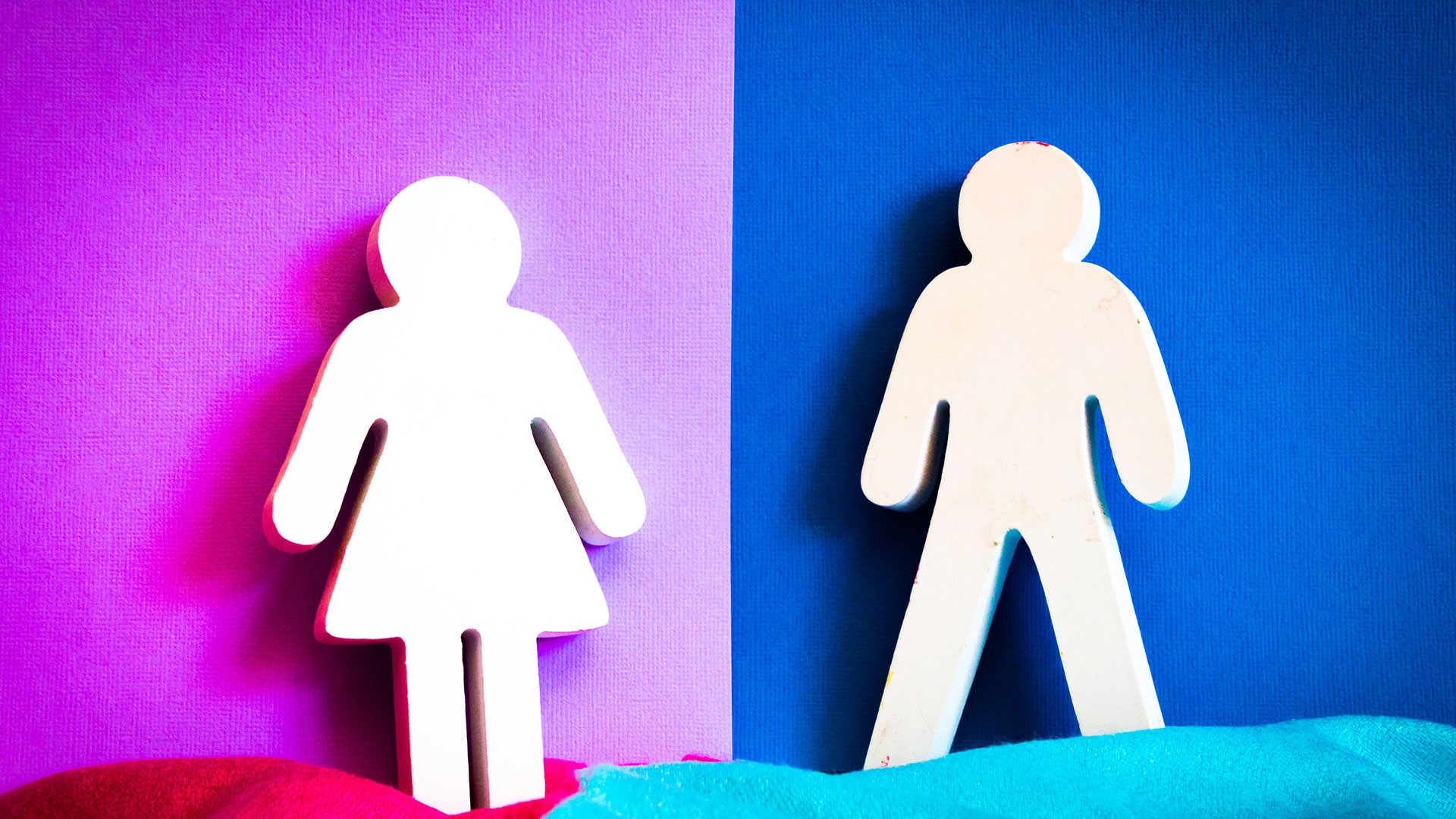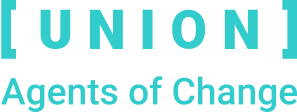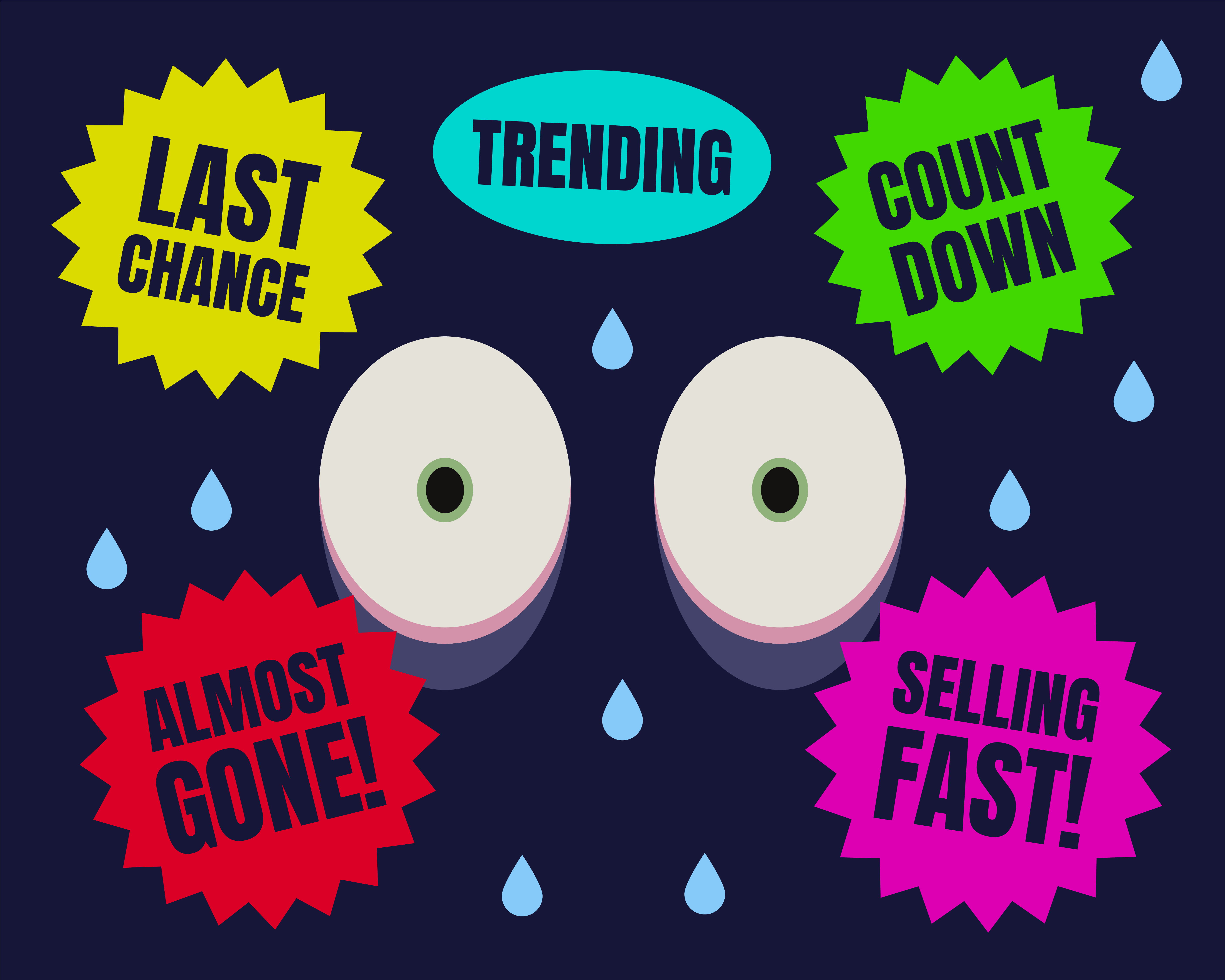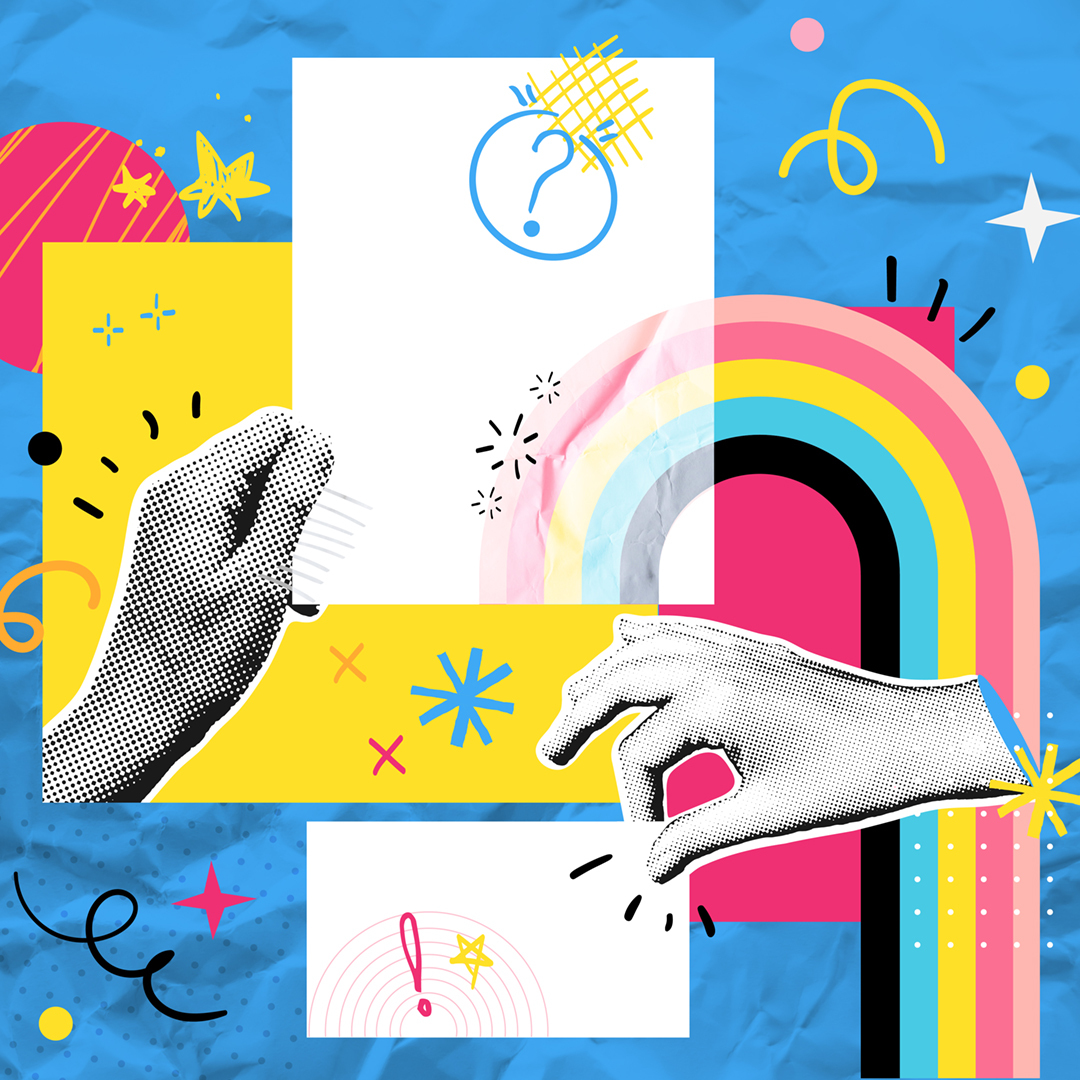When mothers are told they’re having a baby boy, they’re more likely to describe that baby’s movements with words like ‘vigorous’ and ‘strong’.
This only increases once we are born. Mothers over-estimate the crawling skills of boys compared to girls, and speak more to baby girls, building their language and emotional skills (typically thought of as ‘feminine’ skills) early on.
Even amongst parents who try to avoid gender stereotypes, ‘masculine’ interests or traits are more likely to be encouraged in young girls than ‘feminine’ interests or traits in young boys – reinforcing the gender hierarchy and stigma of femininity.
By the age of 6, girls believe that boys are inherently smarter than them.

This stuff is etched deep into our society – and so it’s pushed on us from the word go. And as we grow up, no matter how hard we try, those biases are going to leak through into the way we view and treat others, often without us even realising it. It’s easy to see how this can lead to sexist or stereotypical advertising slipping through the cracks.
None of this is news. In the late 1960s, activists including Gloria Steinem began pointing out that sexist advertising directly impacted the way women were perceived and treated.
50 years on, not only has the industry widely accepted that critique, but we’ve begun to understand that other characteristics, including race, class, religion, disability, age and sexuality all need to be part of the same conversation – as well as understanding that discussions around gender need to go beyond just the binary.
But despite this increased awareness, not only are we still seeing ads like Burger King’s ‘Women belong in the kitchen’, this bizarrely sexualised KFC ad, and that infamous Peloton ad go live, but as the industry adapts to utilise modern technology, stereotypes and biases are showing up in new ways too – and they’re often more insidious than the blatant sexism of the Mad Men era.
One recent example of this was shared by @DrJewelKling on Twitter, where British Airways’ online booking system had flagged an error because her ‘title and gender did not match’ – in other words, according to the booking system, a woman cannot be a Dr. The thread which followed showed that this is far from an uncommon experience. And for transgender and non-binary people, the fact that assumptions around gender are built into so many communications can be even harder to navigate.
I spoke with some trans and non-binary adland friends about this. Marty (they/them) mentioned that “when you sign up to any fashion e-tailer newsletter, they often ask M or F and then the newsletter gets tailored to gendered clothing”. James (they/them) added, “I find it so frustrating having gender dysphoria reinforced by every little CRM sign-up form… the way that the entire apps are set up to make you select male or female before showing you anything can be so triggering, especially when clothes and fashion are such a big part of how I present myself to the world”.
As well as just unnecessarily making many trans and non-binary people uncomfortable, brands which use processes like these risk missing out on customers. In 2020, the IPA reported that Gen Z, in particular, are far less reliant on gendered signifiers than previous generations.
Whilst trans and non-binary genders are nothing new, for younger consumers, gender is becoming less of a decision factor in what they buy, regardless of how they identify. If they like a shirt, they’ll buy the shirt. If their skin is breaking out, they’ll look for a concealer.
By forcing customers into either a ‘male’ or ‘female’ box, brands are losing potential sales. Individually, these issues could be fixed fairly simply – but unless the underlying beliefs are addressed in society, they’ll keep cropping up.
Even when we try to remove the human element by utilising AI and algorithms, bias is still an issue – because they need to be trained on human created data. In 2021, Global Witness investigated Facebook’s ad targeting algorithms. They posted 4 ads for job vacancies, with no specifications on who to show the ad to. The results were pretty damning, with almost exclusively men being shown the ad for a mechanic and almost exclusively women seeing the ad for a nursery nurse.
Gender bias and assumptions in systems like these can even affect our health, especially for trans and non-binary people. For example, in the NHS, whilst a cisgender woman will automatically receive an invitation for cervical screening, a trans man who is correctly registered as male automatically won’t – even if he still has a cervix – which can lead to signs of cervical cancer being missed.
Automated systems are often viewed as a way to avoid bias, because they rely on hard data – but data isn’t flawless, and bias can still find a way in. This probably all sounds a bit doom and gloom. But it’s not all bad. Overcoming these biases is very much a long-term goal, but there’s smaller steps we can all be taking right now.
Planning and research
Research and target audience informs the entire campaign. So it makes sense to look at how and why we (and our clients) are targeting particular audiences right from the get go. When people fill out surveys for example, often the first thing they are asked is to tick either ‘male’ or ‘female’. With customer’s interests becoming less dictated by their gender, we need to make sure we’re not accidentally making assumptions about who a campaign should be targeting.
For example, agency the7stars ran non-gendered audience research for John Frieda. Previously, they had targeted a female audience, but data revealed that 1 in 5 of their customers were men. So they built an audience profile based on their interest in beauty rather than their gender – meaning that, whilst still primarily female, they weren’t cutting a key demographic from their audience.
We could even eliminate gender from all strategies, unless it’s actually relevant. And when it does need to be included, let’s make sure that the research tools we use allow our audience to accurately describe their gender.
Concepting
Whilst casting can help improve the diversity of a campaign, authentic storytelling and stereotype-crushing needs to happen at the concepting stage. Whilst no one is immune from gender bias, part of this is making sure our agencies have a good level of gender diversity, across every level.
We can also all take responsibility for building agency cultures which allow for issues to be flagged in an open and non-judgemental way. As Julie Seal suggests, “A simple test would be to think that if the Executive Creative Director was discussing an idea, could a junior in the team comfortably point out the sexism? Would it feel safe to do so? Or would they feel derided, shy, weird or rude for doing so?”.
Sera Miller and Vikki Maguire sum this up really well; “It’s time to take responsibility and call this sh*t out. That means calling this sh*t out in the work, in the office, in the brief, in the behaviour we hear about and observe, and ultimately taking responsibility for our part in the problem. We also have a responsibility to be brave: to ignore the group think and bias in the research focus group that throws out the script that shows a red run reality in a sanitary towel ad… To help people have a voice, to have permission to challenge”.
Development
It’s easy to underestimate the importance of the initial, rough visuals we create for an idea. If our initial visuals show only (for example) white men, that’s who those characters become in our heads, and in the heads of our clients when an idea is presented. It can be hard to move on once we’ve built that impression.
Partly, this comes down to the stock imagery that is easily available. Especially if an idea is being put together in a hurry (it happens), it can be very tempting to grab the first image which fits. But on most stock imagery sites, ‘straight white male’ is still the default. Whilst companies like Getty are taking positive steps towards a library which reflects our world, in the meantime we can make sure that we’re aware of this and do our best to choose imagery which doesn’t reinforce stereotypes or biases.
Production
The people and stories in front of the camera are vital – but those behind it are important too. Especially if a campaign is focused around the experiences of a particular identity, there’s less room for error when the people telling the story are familiar with those experiences. It’s also going to make the cast feel safer, which in turn will likely lead to better performances and a stronger final outcome. Agencies need to get comfortable having these discussions with production companies and pushing for more diversity and inclusion offscreen.
Long story short, none of us can expect to be perfect when we’ve all grown up in a world where biases are taught to us from the start. But what we can do is constantly question ourselves and our work – and push ourselves and each other to do better.
The more aware we all are of our biases, and the more we feel able to discuss them and ask questions, the closer we’ll get to a society where inclusive advertising and communications are the norm.




